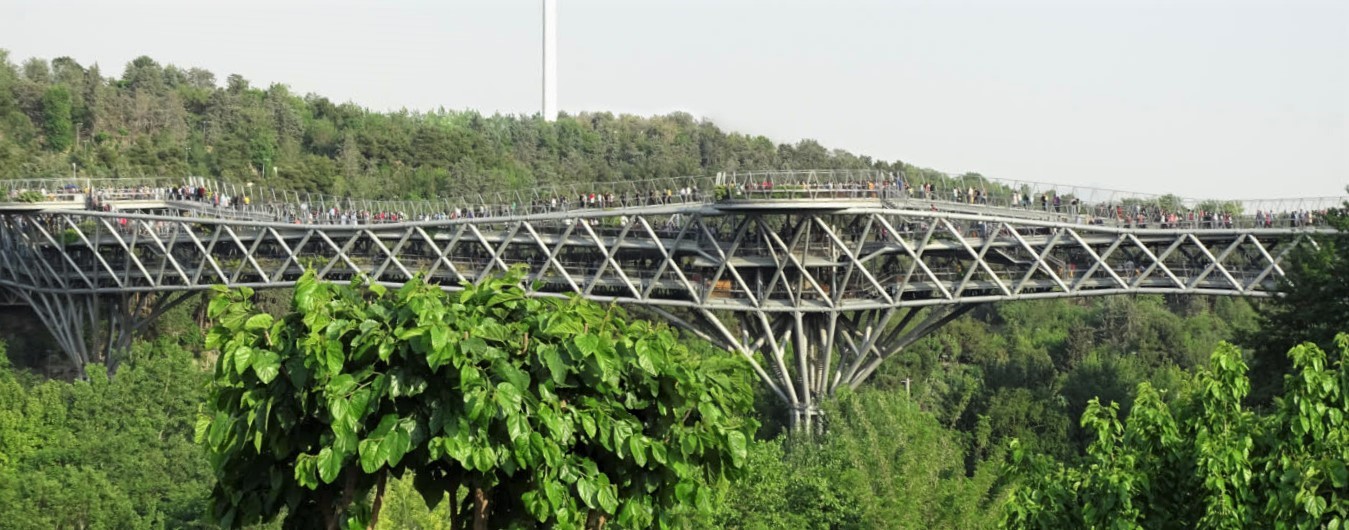Isfahan
Posted May 7, 2022 by JanIsfahan (pop1.9 million)
Isfahan Province
Iran
May 7, 2022
Hello,
“Are you a married couple?” I asked the attractive young man and woman as they took photos of themselves on the lawn outside the Golestan Palace in Teheran.
They smiled and responded. “No.”
“Are you engaged to be married?” I asked again since they seemed so delighted to be with each other. ”No.”
“We are brother and sister.”
Brother and Sister!



 1.jpg)